Which Offshore Model Fits You The Best?
Build — Operate — Transfer (BOT)
This model comprises 3 primary phases – build, operate and transfer. The ‘build’ phase encompasses the entire R&D and recruitment of resources. Everything right from headcount planning, resource screening, recruitment, training, onboarding and infrastructure necessities is taken care of by the service provider. The client however has complete authority of the operations. For you to get the best product in the market, Rumbum provides you with an added authority to set the hierarchy as per your convenience. The operation phase defines the initiation of the development process which involves – coding, product enhancements and management, maintenance as well as support. At the same time, technical and marketing consultations, payroll management and HR activities are also carried out simultaneously.
Advantages of the BOT Model
Hourly / Time & Material
Time and material model suits clients with long-term projects where the requirements keep changing dynamically and the scope of work is undefined with varying workloads of the development team. This model gives immense flexibility to change or alter the project specifications at any point in time, thus the client has maximum control over the project. Besides, as the requirements evolve, team size and resources allocated to the project can be easily adjusted, simultaneously minimizing time and cost as well as time.
Advantages
Drawbacks
Fixed Price Model
Fixed price offshoring is preferable for short-term projects with precise and well-documented needs. It entails a clear scope and project specifications, a predetermined delivery schedule, and a set budget. When the client specifies a time frame and a detailed set of requirements for the end product that are unlikely to change throughout the project, the offshore company can provide a schedule and an estimated price based on the project scope and complexity. Development stages are planned during the discussion and the process is followed applying waterfall methodology. Moreover, this engagement model doesn’t require client’s supervision, but presupposes some scope-related risks for both parties, since any deviations from the original plan will result in additional expenses.
Advantages
Drawbacks
Differences among models
| BOT | TIME & MATERIAL | FIXED PRICE | |
|---|---|---|---|
| PROJECT SIZE | Large | Medium | Small |
| PROJECT DURATION | Long | Avergage/Long | Short |
| PROJECT PRICING | Fixed Monthly | Fixed Hourly | Fix Per Project |
| PROJECT TIMELINE | Estimated | Incremental | Defined |
| RESOURCE TYPE | Dedicated | Shared | Shared |
| TEAM SCALABILITY | Hight | Moderate | Low |
| CHANGE REQUEST | During Project | During Project | After Project Completion |
| PROJECT CONTROL | Full | Partial | Negligible |
| PROJECT REPORTING | Daily | Daily | Weekly/Biweekly |
| TECH STACK | Flexible | Situational | Pre-planned |
| SUPPORT | Until Product Success | Until Project Completion | Until Project Completion |
| ACCOUNTABILITY | Team | Client | Client |
| TEAM COMMUNICATION | Direct | Direct | Indirect |
| PROJECT OWNERSHIP | Full | Partial | Negligible |
| CULTURALLY FIT | Yes | No | No |

